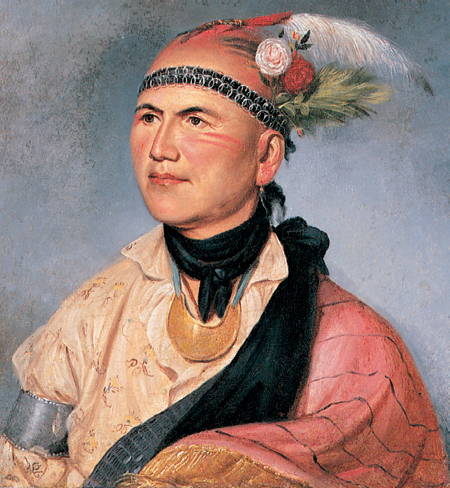America’s History: Printed Page 186
America: A Concise History: Printed Page 164
America’s History: Value Edition: Printed Page 162
Victory at Saratoga

After Howe failed to achieve an overwhelming victory, Lord North and his colonial secretary, Lord George Germain, launched another major military campaign in 1777. Isolating New England remained the primary goal. To achieve it, Germain planned a three-pronged attack converging on Albany, New York. General John Burgoyne would lead a large contingent of regulars south from Quebec, Colonel Barry St. Leger and a force of Iroquois would attack from the west, and General Howe would lead troops north from New York City.
Howe instead decided to attack Philadelphia, the home of the Continental Congress, hoping to end the rebellion with a single decisive blow. But instead of marching quickly across New Jersey, Howe loaded his troops onto boats and sailed up the Chesapeake Bay to attack Philadelphia from the south. The plan worked. Howe’s troops easily outflanked the American positions along Brandywine Creek in Delaware and, in late September, marched triumphantly into Philadelphia. However, the capture of the rebels’ capital did not end the uprising; the Continental Congress, determined to continue the struggle, fled to the countryside.
Howe’s slow campaign against Philadelphia contributed to the defeat of Burgoyne’s army at Saratoga. Burgoyne’s troops had at first advanced quickly, overwhelming the American defenses at Fort Ticonderoga in early July and driving south toward the Hudson River. Then they stalled. Burgoyne — nicknamed “Gentleman Johnny” — was used to high living and had fought in Europe in a leisurely fashion; believing his large army would easily dominate the rebels, he stopped early each day to pitch comfortable tents and eat elaborate dinners with his officers. The American troops led by General Horatio Gates also slowed Burgoyne’s progress by felling huge trees in his path and raiding British supply lines to Canada.
At summer’s end, Burgoyne’s army of 6,000 British and German troops and 600 Loyalists and Indians was stuck near Saratoga, New York. Desperate for food and horses, in August the British raided nearby Bennington, Vermont, but were beaten back by 2,000 American militiamen. Patriot forces in the Mohawk Valley also threw St. Leger and the Iroquois into retreat. Making matters worse, the British commander in New York City recalled 4,000 troops he had sent toward Albany and ordered them to Philadelphia to bolster Howe’s force. While Burgoyne waited in vain for help, thousands of Patriot militiamen from Massachusetts, New Hampshire, and New York joined Gates, blocking Burgoyne in a series of skirmishes that finally gave the British no avenue of escape. The Patriots “swarmed around the army like birds of prey,” reported an English sergeant, and in October 1777, they forced Burgoyne to surrender.
The victory at Saratoga was the turning point of the war. The Patriots captured more than 5,000 British troops and ensured the diplomatic success of American representatives in Paris, who won a military alliance with France.